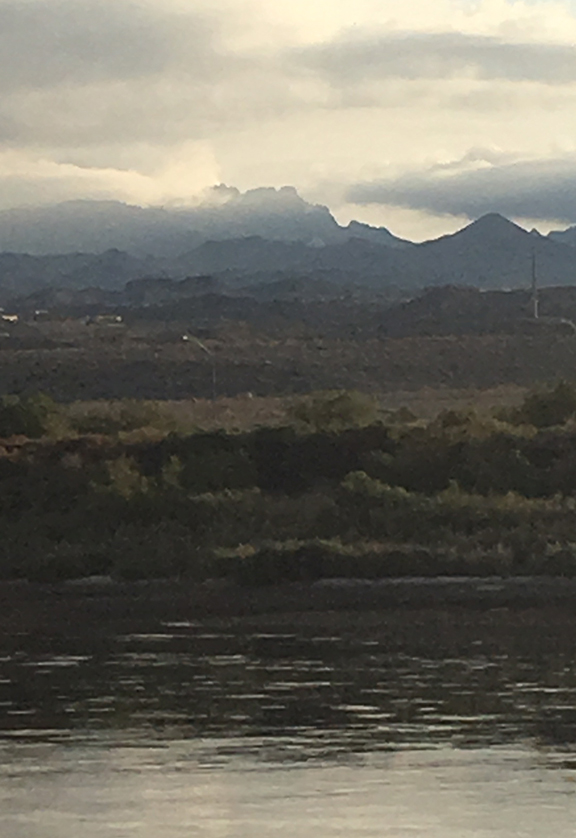Is it possible to capture the sadness and suffering in a person's eyes?
Daily Whip Out: "Olive's Dark Secret"
Is it possible to gauge the happiness of a face in a photo where the sitters are not smiling?
The Spencer Boys
Sioux Warrior
We once did a feature in True West magazine on all the smiling photos we could find from the Old West. It's funny that when people smile, it doesn't seem like an Old West photo, does it?
Smile!
In fact, Rita Ackerman did a great feature in True West last year on the myths of the long exposure, bad teeth and overall sadness being the reason sitters in the Old West didn't smile. Check it out.
"Death smiles at us all. All a man can do is smile back."
—Marcus Aurelius




































